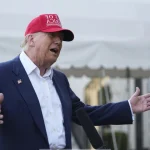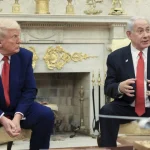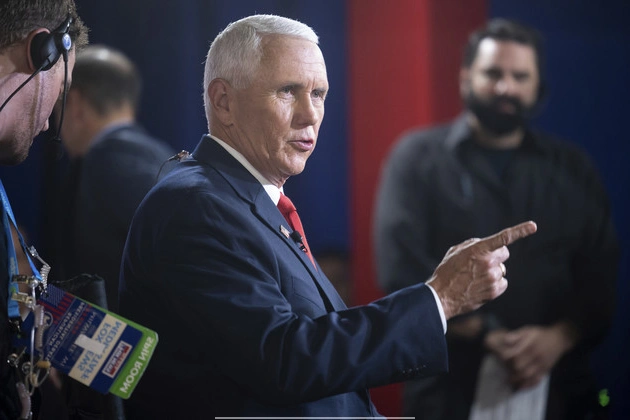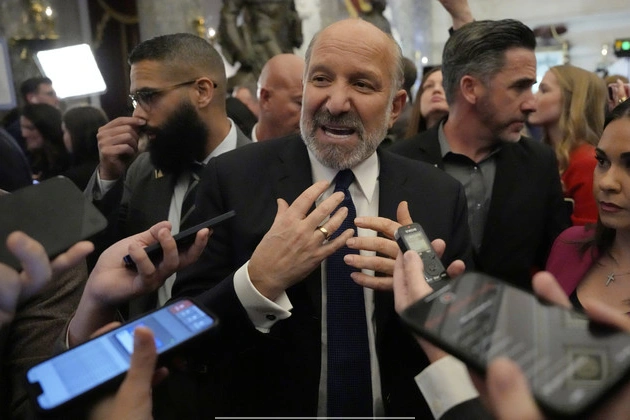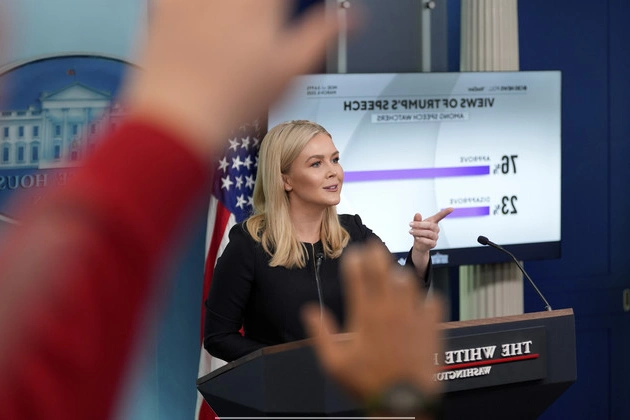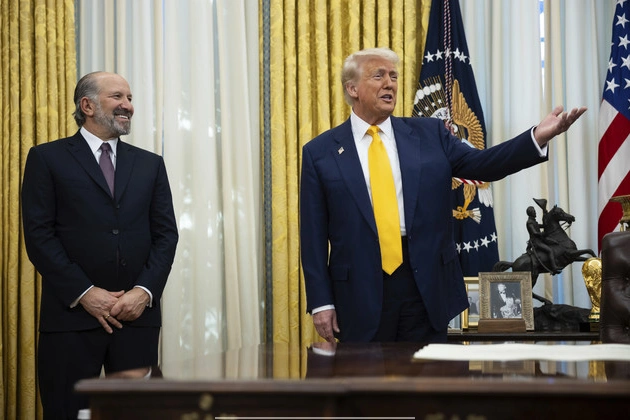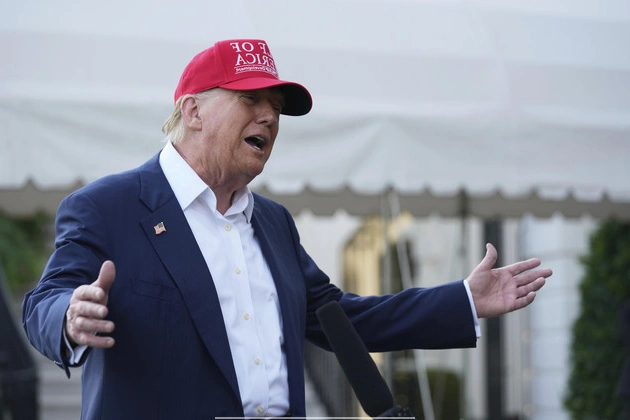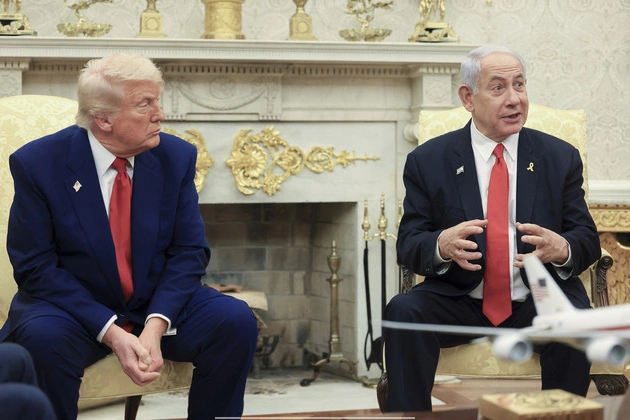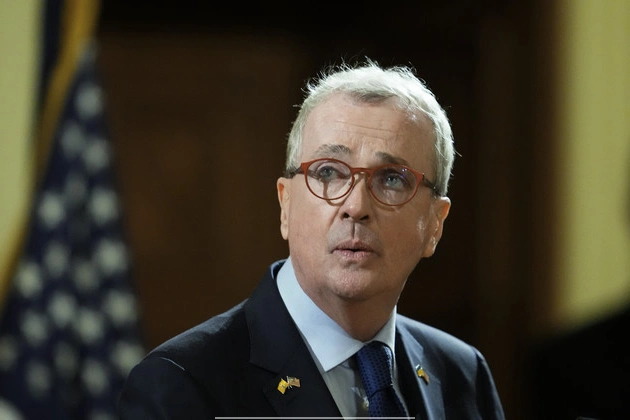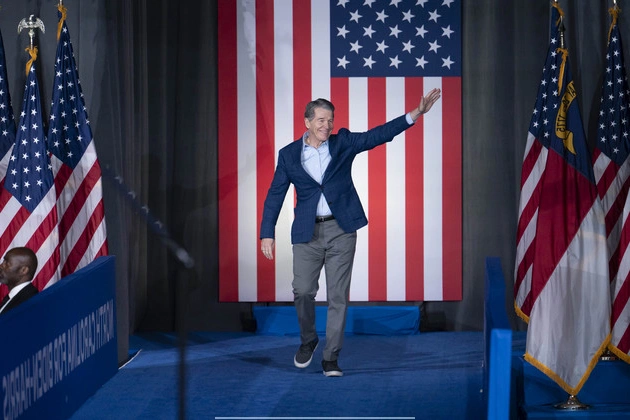
Introduction to Trade Deficit Policy
President Donald Trump’s approach to the US trade deficit has been a central focus of his economic agenda. In 2024, the US goods trade deficit reached a record high of $1.2 trillion, prompting discussions on international trade relationships and tariff strategies.
Record Trade Gaps and Bilateral Deficits
The Commerce Department’s report highlighted record bilateral trade deficits with key trading partners such as Mexico, Vietnam, India, Taiwan, South Korea, and the European Union. This data underscored Trump’s concerns about unfair trade practices and the impact on the US economy.
Tariffs and Economic Rebalancing
Trump’s use of tariffs as a tool to address trade imbalances and protect American industries has been a prominent feature of his administration’s trade policy. The report indicated a surge in goods imports and a growing trade gap, fueling discussions on the effectiveness of tariff strategies.
Global Implications and Trade Dynamics
The escalating trade deficit with China, combined with threats of tariffs on Canada, Mexico, and China, raised concerns among US trading partners. The shifting trade dynamics and potential economic repercussions of tariff actions added complexity to global trade relations.
Economic Analysis and Policy Critiques
Economists and trade experts offered diverse perspectives on the trade deficit and tariff strategies. While some supported Trump’s push for trade balance, others highlighted the broader economic implications and the need for a comprehensive approach to address trade challenges.
Future Outlook and Policy Considerations
Looking ahead, the debate over trade deficit policy and tariff measures is likely to continue shaping US economic strategies. Evaluating the impact of trade policies on job markets, industry competitiveness, and international relations will be crucial in navigating the complex terrain of global trade.
Conclusion
President Trump’s trade deficit policy has sparked debates on trade dynamics, economic rebalancing, and the role of tariffs in shaping international commerce. As the US economy grapples with record trade gaps and policy uncertainties, the need for informed economic analysis and strategic policy decisions remains paramount.
